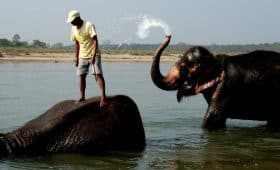Himalayan mountain climbing is a huge challenge; and if the peak is Mt Everest then it is most challenging adventure activity for any adventure seeking climber no matter how fit or determined they are.
But you will be surprised if we say there is a way where some people are getting benefit from climbing mountains like Everest. Either it’s the highest mountain in earth or any other peaks in the world Sherpas are there with every climber to assist them reach their summit and are making living out of climbing as a profession. Sherpas are probably among the most unfathomably fit athletes around. The incomparable fitness level achieved by Sherpas is nothing short of astonishing.
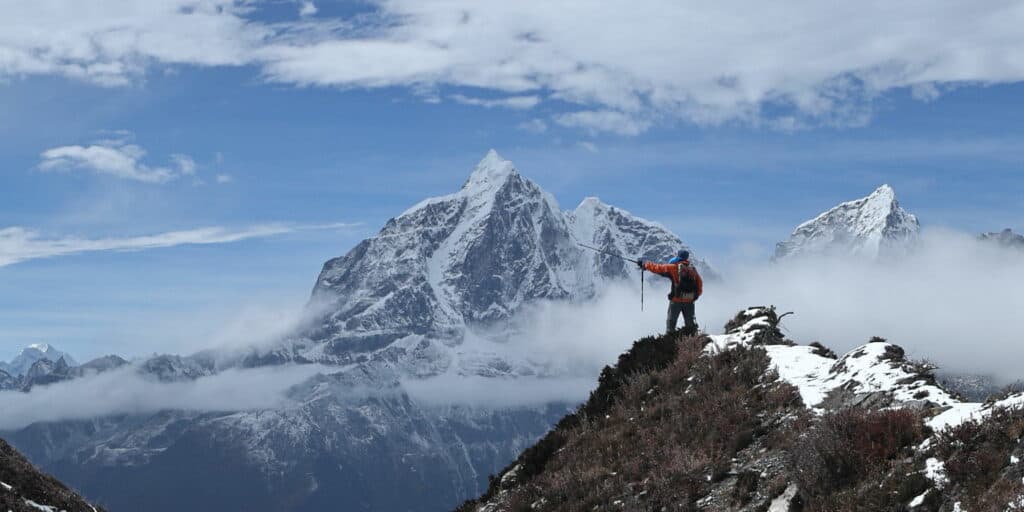
You may have wondered how Sherpa can climbs mountain peaks without facing much difficulty compared to other mountaineers. Not only that they climb the peak individually without any difficulty but they also guide and support many mountaineers to reach the top of the various Himalayan peaks, even if the peak is the highest Everest or other 8000 meter plus mountains like Annapurna, Lhotse, Kanchejunga etc.
Table of Contents
Why Sherpas are Superhuman when it Comes to Mountaineering?
Here are few things that you probably didn’t know and these are the reasons why Sherpas are considered superhuman when it comes to climbing mountains:
Genetically developed body to survive on high altitude
With some scientific studies it is noticed that Sherpa possesses a few biological advantages that make them a perfect guide for mountaineering and because of the biological advantage they have, they can adapt to the harsh condition in the mountain. Their bodies have evolved over generations and generations living at high altitudes to cope with low oxygen environments.
Many of you may have heard about altitude sickness and how challenging it can be for most climbers as they ascend above 3500 meters. In addition to getting sick, climbers either experienced or not cannot ascend higher altitudes without the help of additional oxygen, specially going over 8 thousand meters. But Sherpas who were born and grew up in the Himalayas are an exception to this because they have lived in high-altitude regions for generations and do not suffer any health consequences as their body has genetically adopted it.
Moreover, Sherpa’s lungs after adapting to the higher elevation have genetically changed and can extract more oxygen even from thin air on the high altitude areas.
“Sherpas have spent thousands of years living at high altitudes, so it should be unsurprising that they have adapted to become more efficient at using oxygen and generating energy,” says Dr Andrew Murray from the University of Cambridge.
After living in the high altitude Himalayan region for long time, other than increased lung capacity they also have higher number of red blood cells, better oxygen keeping capacity and there could be more reasons that yet to be discovered by scientists.

Acclimatized from the day Sherpas are born
Sherpas are born on their high altitude homes in the lap of the Himalayas and are adapted to living at high altitudes from very young age. They grow up in mountainous Himalayan areas and have spent a most of their lives at elevations where oxygen levels are pretty lower. As a result, their bodies have accustomed to function properly in such harsh conditions. People who plan on doing Everest Base Camp Trek or embarking on mountain climbing always have to acclimatize properly by gaining certain altitude everyday but as Sherpas are already born and lived their body can handle such altitude easily without any issues. This is the reason they have a greater ability to acclimatize to high altitudes and quickly adapt to thin air, compared to people who are not native to these regions.
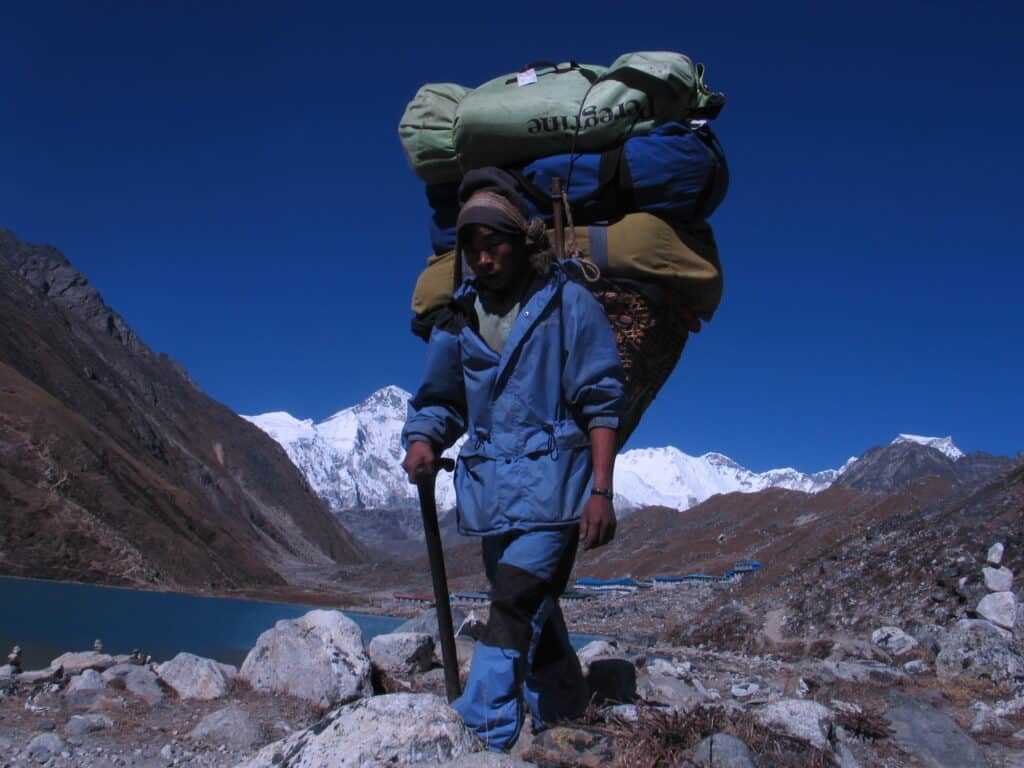
Social, Spiritual and Cultural Connections with Mountaineering
Sherpas who lived in the higher elevations mountains in Nepal for generations have been further passing down their extensive knowledge about mountaineering to younger ones through their social and cultural traditions. Young Sherpas often accompany their parents on high altitude trails from an early age when they start to learn about the ropes of climbing.
Sherpas have a strong spiritual connection with the mountains they call the home. Moreover, according to Buddhist beliefs the mountains are sacred as gods and spirits reside in the Himalayas. From the early age Sherpas learn to respect the mountains, creating a deeper spiritual connection. These spiritual respects in them create a sense of comfort and ease as they climb the Himalayan mountain peaks. Sherpas even perform rituals and ceremonies before and after completing their mountain expedition climbing to ensure safe passage and show their respect for gods and spirits living in the Mountains.
Strong Climbing Skills, Experience, Expertise, Strength and Endurance
Sherpa’s superhuman ability to adjust to the high altitude physically and psychologically comes naturally and their bodies are more efficient in getting the oxygen from thin air allowing them to work harder than other mountaineers and that is also without being much exhausted. They posses skills to acclimate properly to prevent altitude sickness while climbing. And they are also more familiar with the various issues that can cause while doing high-altitude climbing, like hypothermia, frostbite and cerebral or pulmonary edema.
Along with skills they also are experienced climber who knows the routes of the peak climbing in Nepal like the back of their hand. This means they simply understand the changing weather patterns and know potential avalanche areas and can lead climbers through the safest paths to the summit. Their expertise allows climbers to choose right time to start and their climbing activity allowing them to safely complete their challenging expedition.
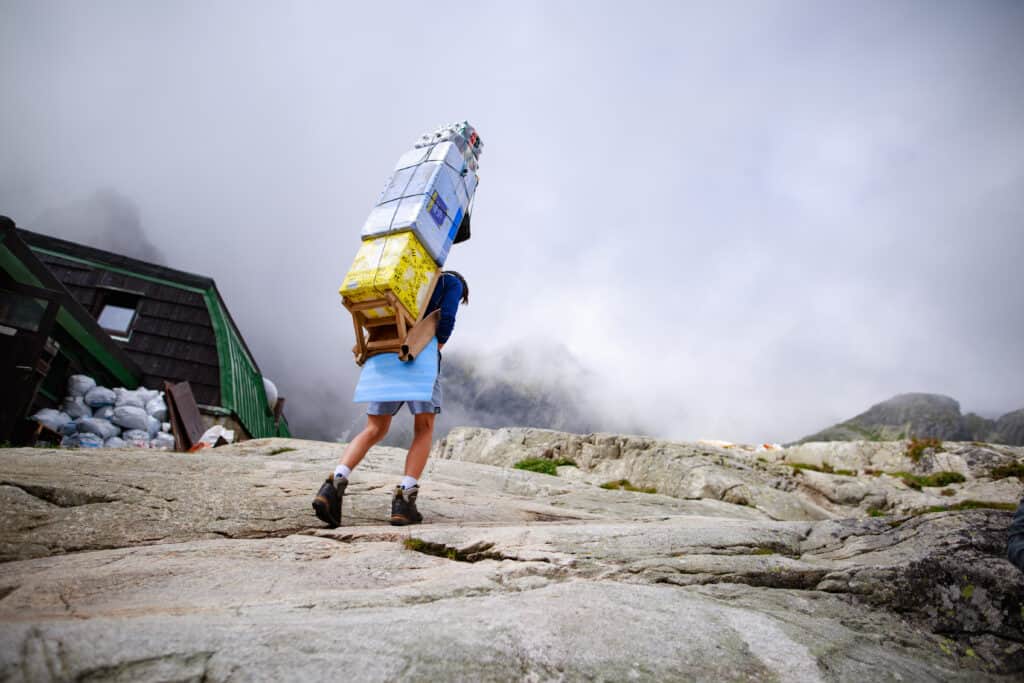
Teamwork, Safety and Strong Work Ethics
Along with their experience, skills and expertise they are also known for their strong work ethic, resilience, and ability to work as part of a team. They are dedicated, disciplined, and willing to go extra miles to support expedition members and ensure their safety. Sherpas often take on the challenging roles of carrying heavy loads, setting up camps, fixing ropes and at the same time providing assistance and guidance to climbers. Teamwork and cooperation are crucial for successful mountaineering expeditions.
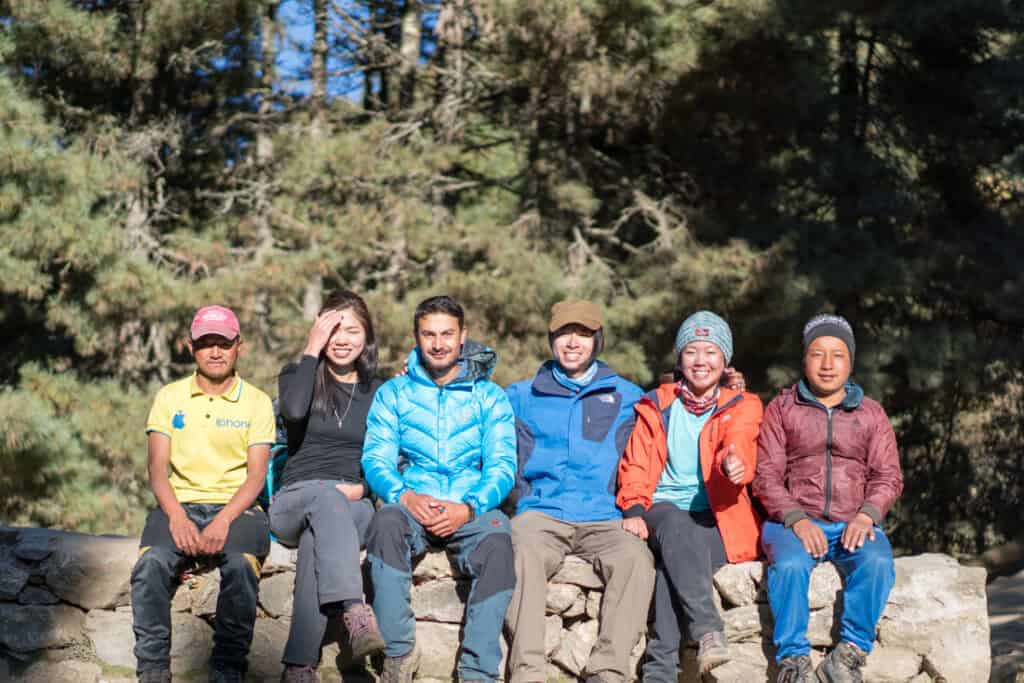
Summary
Physical endurance of Sherpas allows them to make multiple trips up and down the mountain to transport the gear and supplies required to safely reach top of the peak. Sherpas’ combination of mental toughness, mountaineering skill, and physical ability makes the seemingly impossible possible for the mountaineers they accompany. Therefore Sherpas are superhuman when it comes to mountaineering. They have uniquely adapted to the harsh high altitude conditions as their bodies have evolved for generations to withstand such Himalayan conditions.
Along with their physical adaptations, their psychological roughness, strength, endurance, experience, and spiritual connection to the mountains really make them super humans.
So next time you read about some record of Everest or any other peak, think about the Sherpas who are your indispensable friend who supports climber in every step, powering the success of mountaineers from behind the scenes. There is Sherpa standing behind each and every successful climb!

Madhav started working as a porter in 2001 and then moved on to work as a trekking guide. After working in the trekking and tourism industry for eight years, he co-founded Mosaic Adventure in 2009.
Madhav has trekked to most of the trekking destinations in Nepal, including Everest Base Camp Trek, Annapurna Base Camp, Annapurna Circuit Trek, Poon Hill Trek, Jomsom Muktinath Trek, Indigenous Peoples Trek, Langtang Valley Trek, Mardi Himal Trek, and all of the day hikes around Kathmandu.
He has also extensively traveled to other countries such as Australia, the USA, the UK, France, Hong Kong, Japan, China, the Philippines, the UAE, Saudi Arabia, Bahrain, Thailand, Turkey, and India. Madhav is the one who answers most of your questions about trekking and tours and helps to plan your trip by giving a personal touch.




